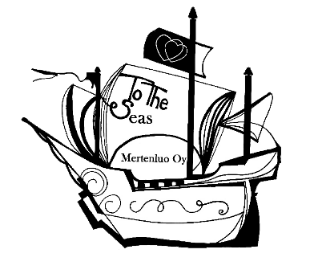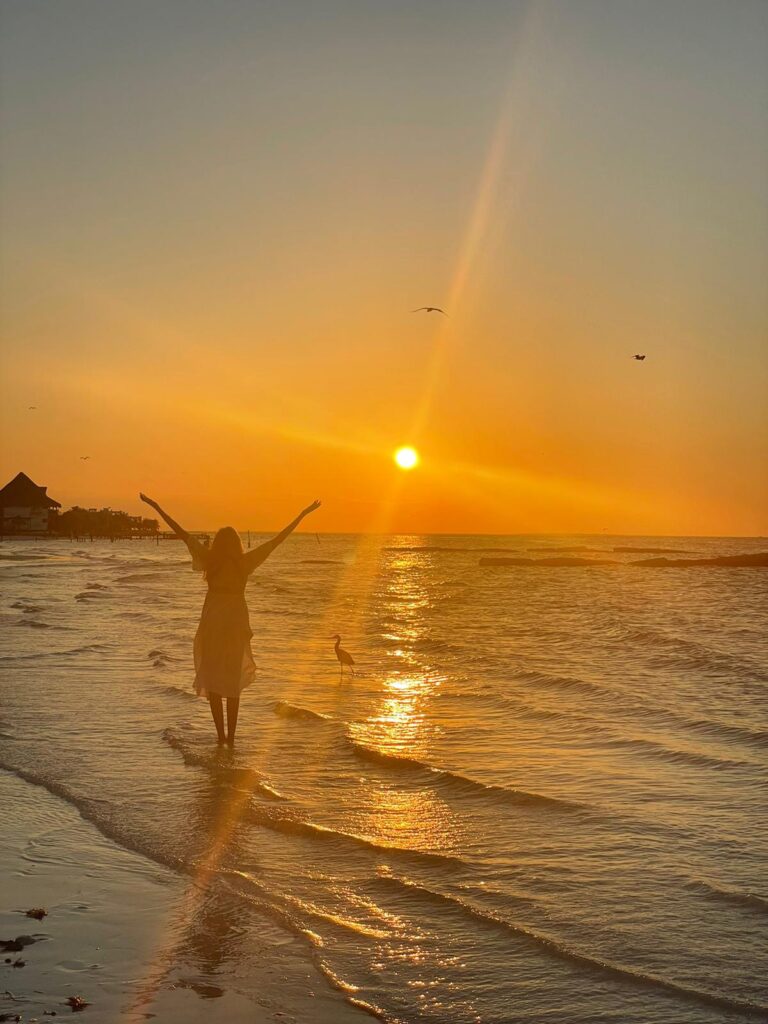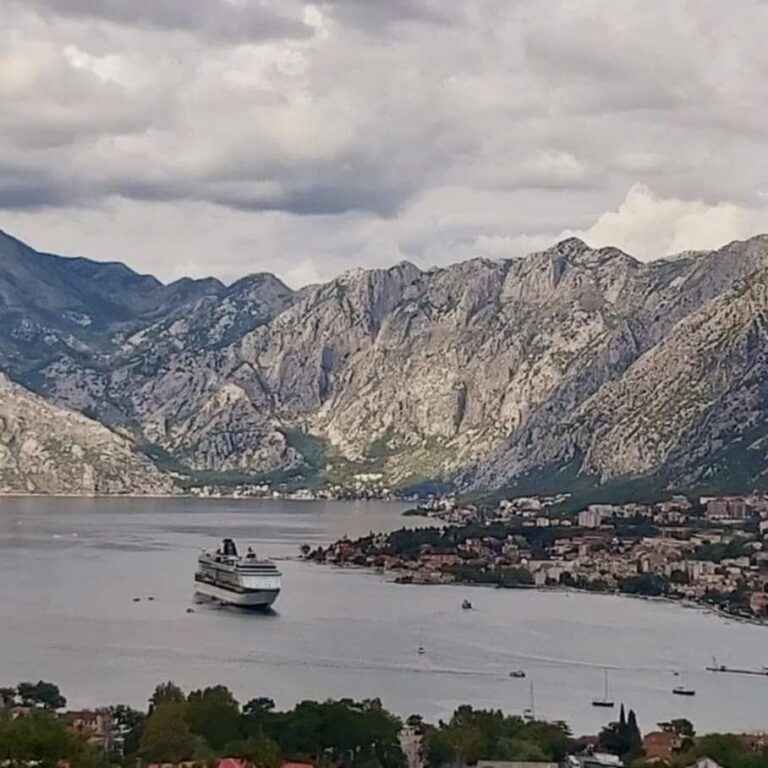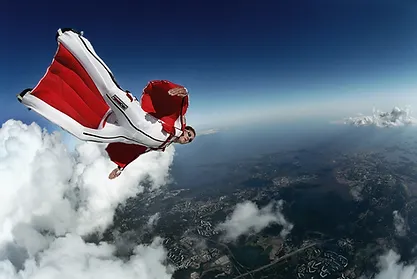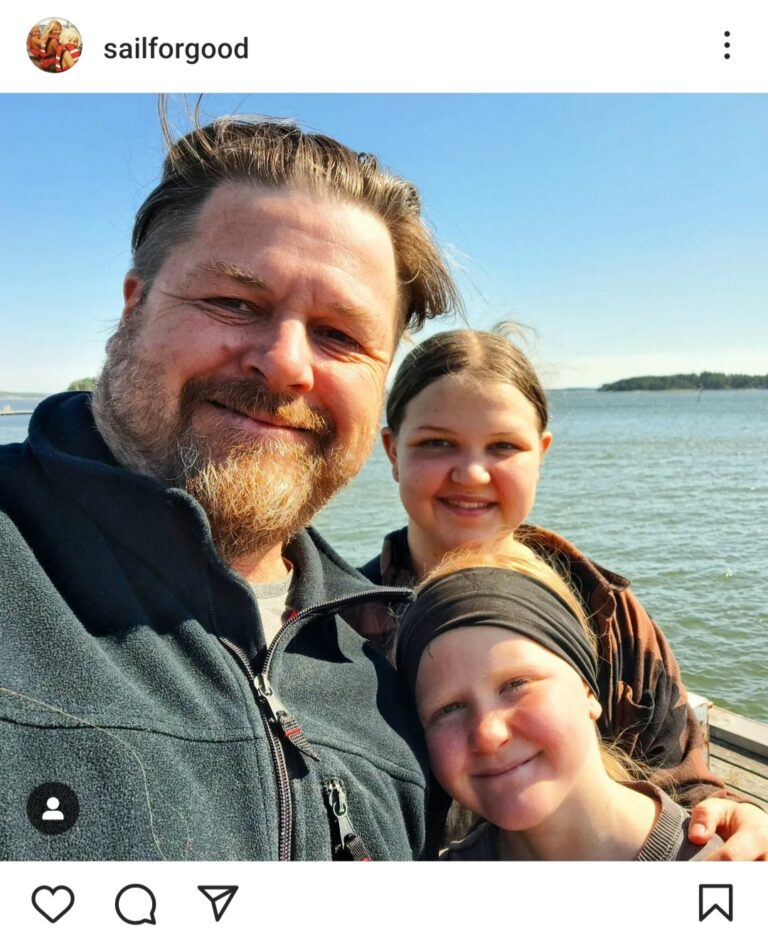Children´s Sail for Good- Blog
The writers are invited young guest blogger sisters Kerttu (12 years) and Martta (11 years)
sailing across the vast oceans and guided by father Tuomo in SY Panacea with the
Sail for Good- project.
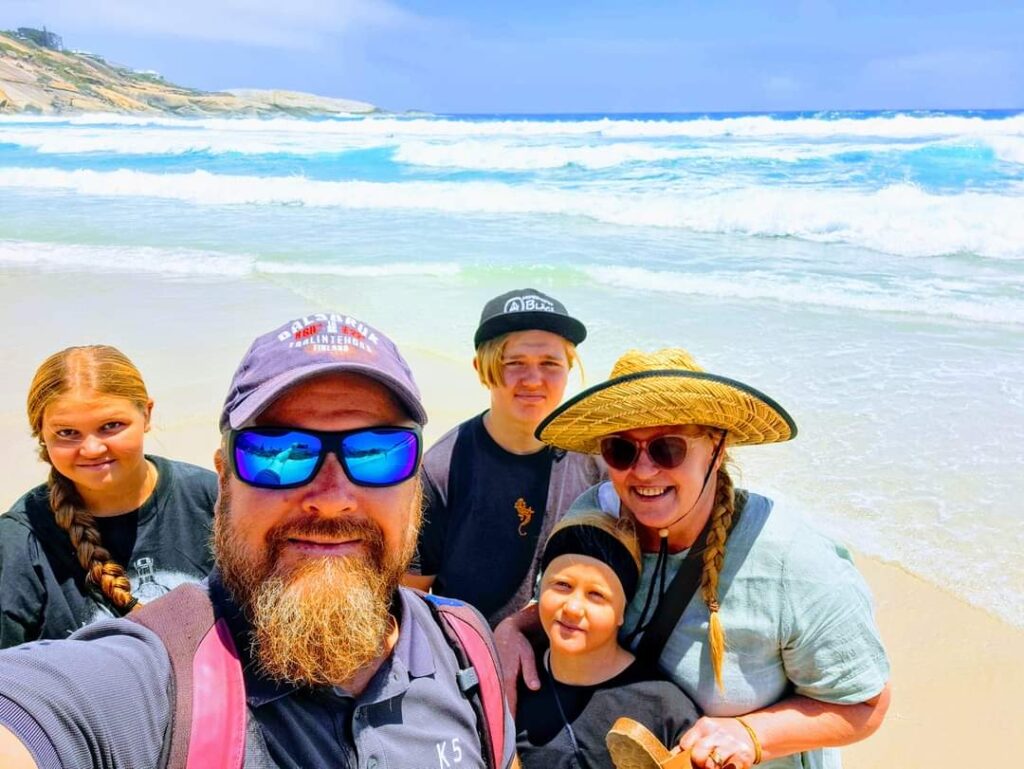
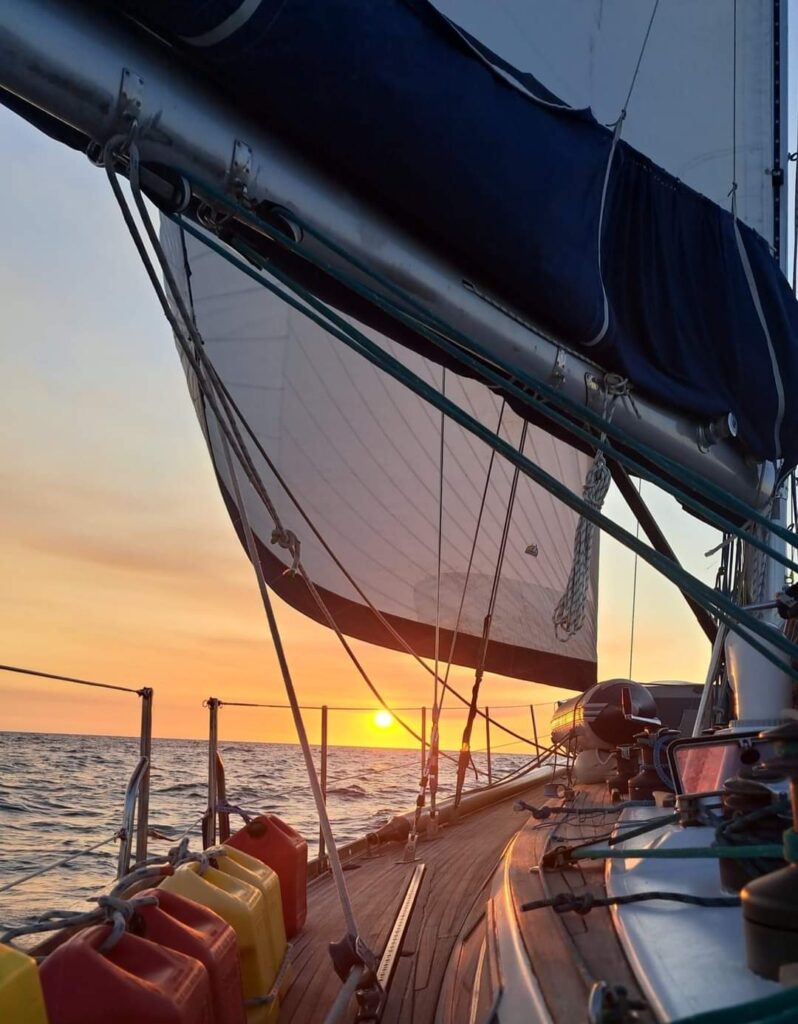
Climate and Our Ocean Experiences
We have sailed over 50.000 kilometers in the world’s oceans since 2016 and seen all kinds of weather from calms to big storms. That is more kilometers than around the world along the Equator.
Our grandpa always said that in the beginning it is important to clarify what you are discussing about to avoid any misunderstandings.
What is climate and what is weather?
The weather is what we encounter at sea any given day. It is how much wind there is and if it rains or not. It is if the sun is shining and what the temperature happens to be. We can try to guess tomorrow’s weather by investigating weather forecasts and reading grib files and the barometer.
Weather can change from day to day and affect our sailing adventure dramatically.
Whereas weather refers to short-term changes in the atmosphere, the climate tells us what the weather is like over a long period of time. When scientists talk about climate, they often look at averages of temperature, wind, humidity, sunshine, and other measures of weather. Those measurements form a climate in a certain place on earth.
For example, warm Christmas in the Southern Hemisphere and warm summers (July and August) in Europe and the monsoon rains in South East Asia during the rainy season between April and September.
Trade Winds During Ocean Crossings
Trade winds could come handy in sailing. Trade winds blow towards the Equator, either from the northeast in the Northern Hemisphere and from southeast in the Southern Hemisphere. In the really southern seas there are no trade winds, but constant strong westerlies that blow close to the Antarctic. Most boats sail with the Trade winds from east to west as sailing downwind is way more fun than beating upwind.
The name ´Trade Wind´ comes from old time trade ships who sailed downwind around the world and traded goods such as food, spices and coal.
Ocean Currents
Strong ocean currents are caused by gravity, storms, earthquakes and temperatures dropping and rising. There are currents in every major ocean and the biggest ones are the gyres which are located in the Indian-, Pacific- and Atlantic oceans.
You should always make your plan to go with the currents not against them, because it will be very frustrating. We have encountered strong currents in Indonesia and the South African coast where notorious south setting Agulhas current can cause horrible conditions when strong currents and strong winds collide.
Then waves can be more than ten meters high.
We fought against one of our nastiest storms in Madagascar and sailed in extremely confused seas for days. After that it was fabulous to anchor safely inside the reef in Madagascar.
Huge Squalls in the Indian Ocean
What is a squall? It is a strong and sudden wind from heavy clouds in the sky which can reach up to twenty meters per second. This usually happens after a hot day when big amounts of water have evaporated from the sea.
In the nights the moisture concentrated in the clouds and will rain back to the ocean.
In this kind of situation we need to reef the sails smaller super fast or we will heel too much or break things. Sometimes this can happen even without visible clouds and then we call them stealth squalls.
Katabatic Winds
Katabatic winds can be spotted in many places where there’s lots of mountains and tall hills by the shore. We have experienced the most powerful katabatic winds in Cape Town, South Africa and the Croatian archipelago.
In Croatia they call them Bora winds. It’s crazy how it can be calm at a one moment and then blow extremely hard just in a blink of an eye. Once we were walking on the beach and the sand was flying in the air so fast it really hurt in our legs as it hit so hard against them.
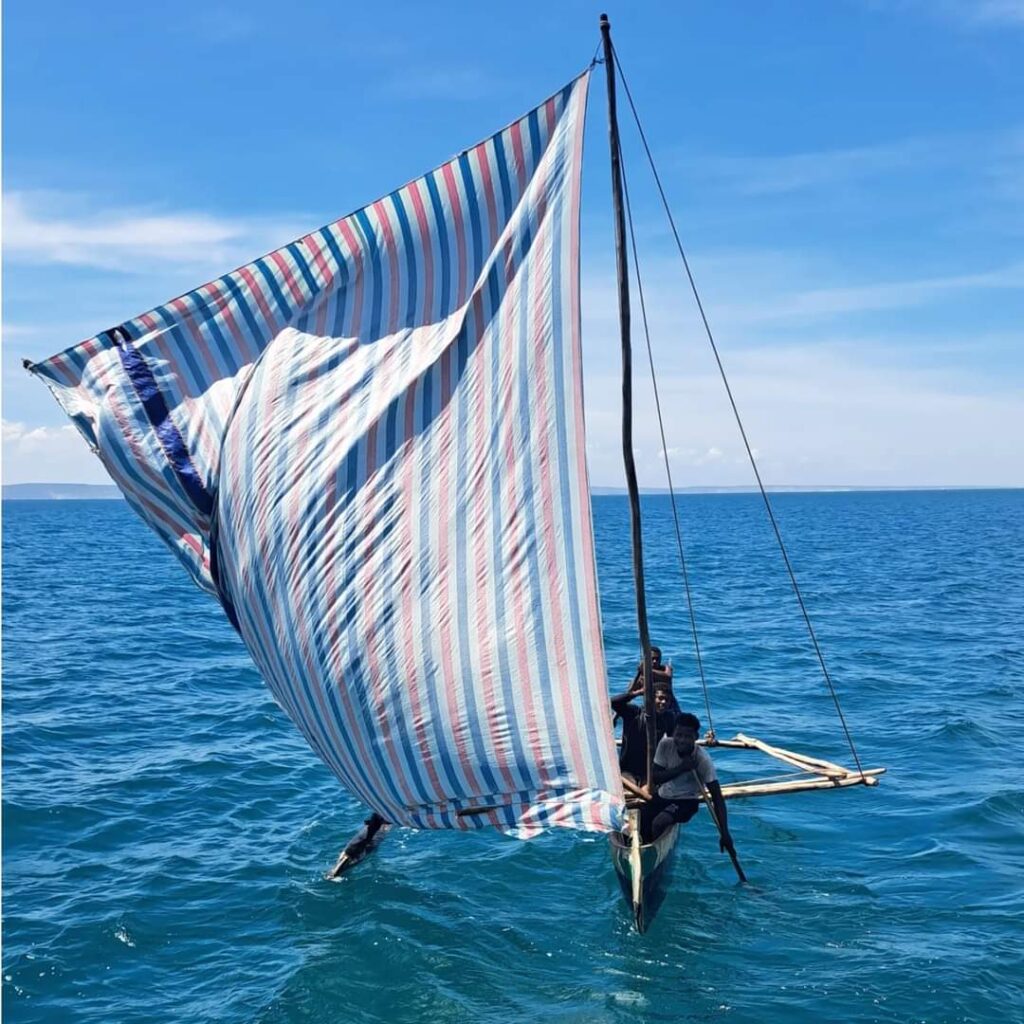
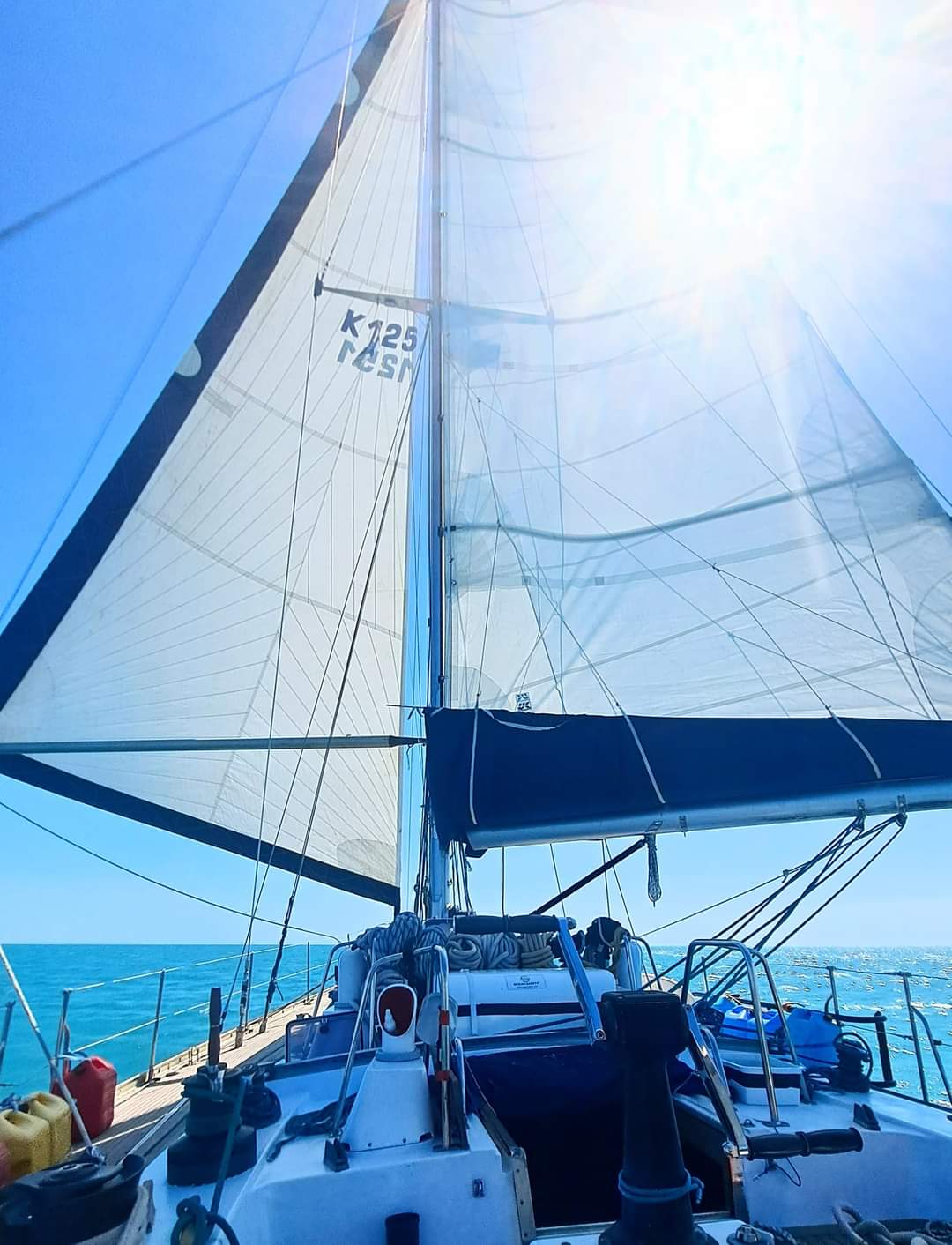
Vanuatu Natural Disasters
Vanuatu‘s natural disasters include cyclones, tsunamis and volcano explosions. Not an easy place to live. Many of these phenomena are caused by changes in Earth’s climate. During recent years they have increased, which means people ́s homes and food resources have been
destroyed.
Almost all the food has to be imported from nearby countries, such as New Zealand. This makes food pretty expensive. How did they solve the problem? They started farming somewhere else and when another cyclone came and destroyed all the work they put in. They just started all over again. But they haven’t turned to drugs and alcohol like many in the western countries would have done. This is sisu at its best.
Climate is a substantially important factor in our lives as we are so dependent on it. This is true especially if your home is a sailboat. We make our route planning based on historical climate data and best forecasts, but even that does not always guarantee smooth sailing.
Sometimes we have to take whatever kind of weather is casted upon us. We are prepared for all kinds of weather and always remember the first rule of sailing: Safety first.
Kerttu (12 yrs) and Martta (11 yrs) Meretniemi
SY Panacea
Sail for Good
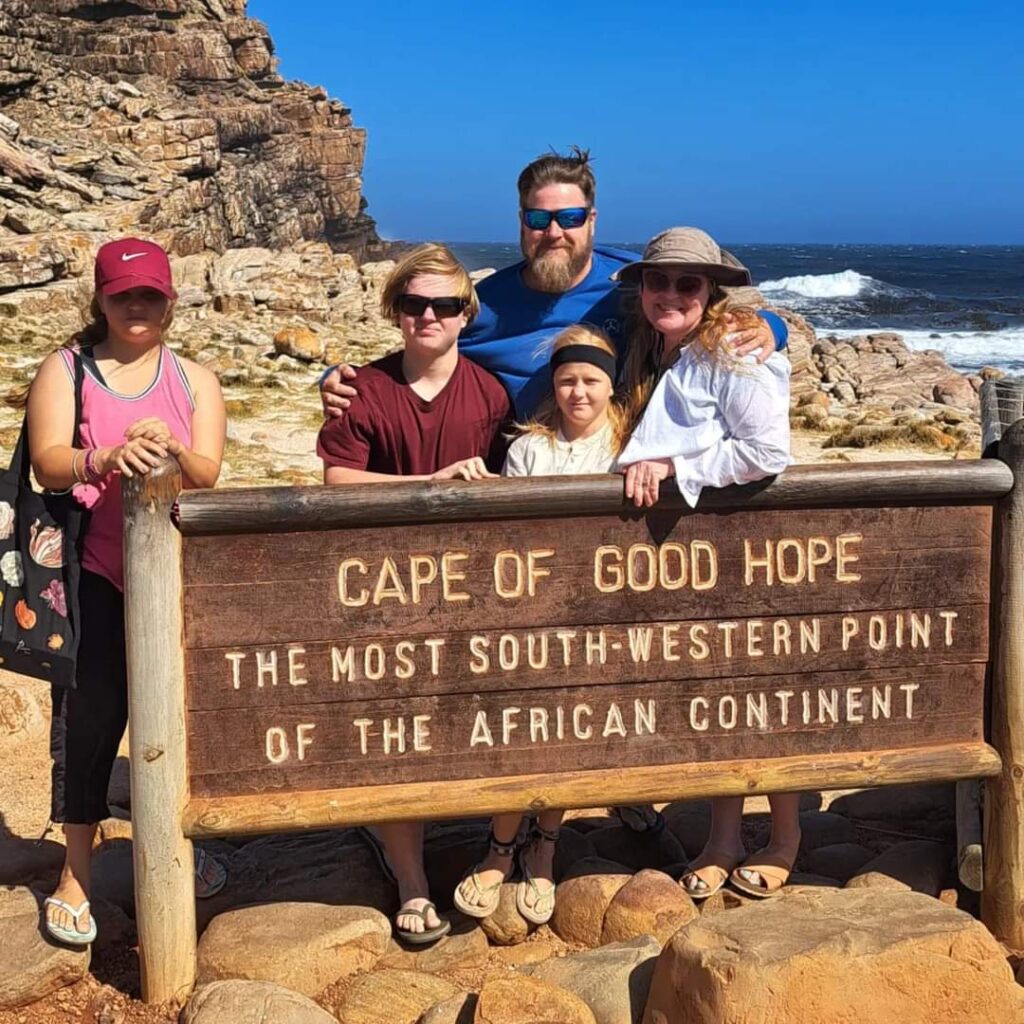
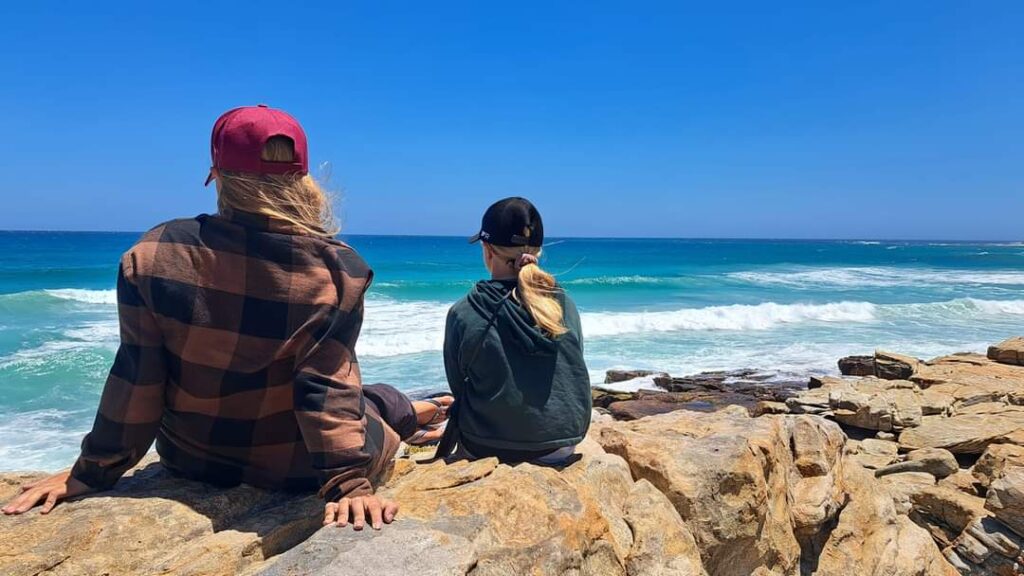
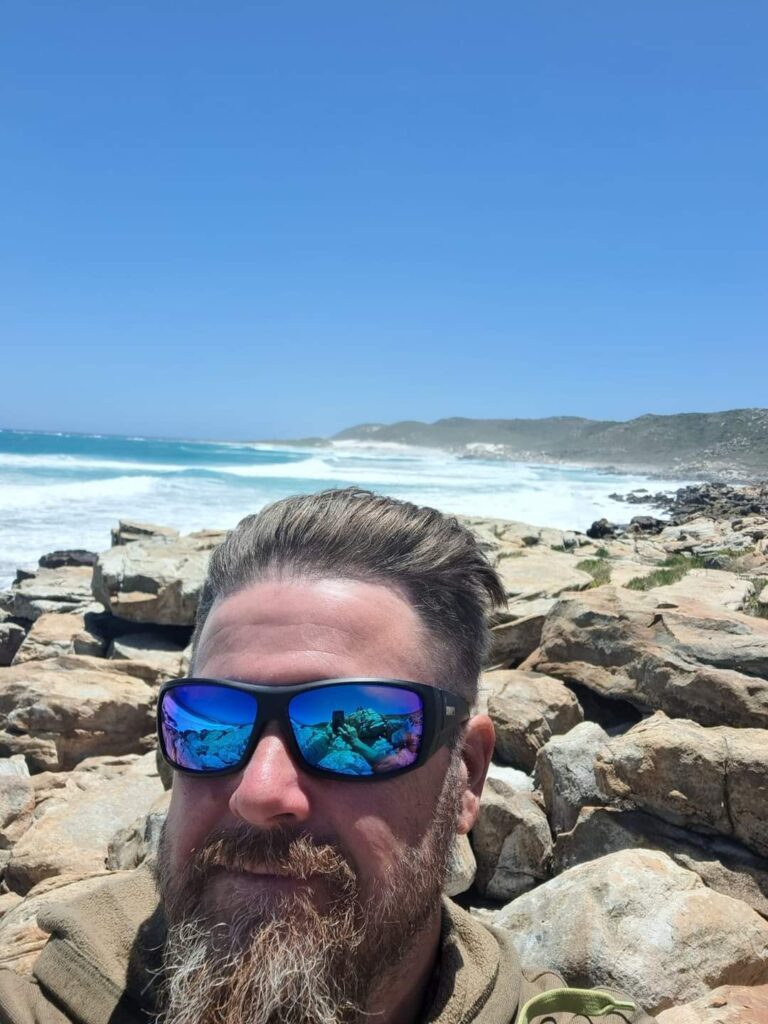
To the Oceans Project sends a big thank you to this lovely family for sharing their sailing stories on this site.
See also fun sailing videos with SY Panacea, family and friends:
For more info some earlier posts of the Sail for Good project:
https://hundred.org/en/innovations/sail-for-good-b2b2a7a0-a026-4f31-b9e0-4bbb9bffe9fc
